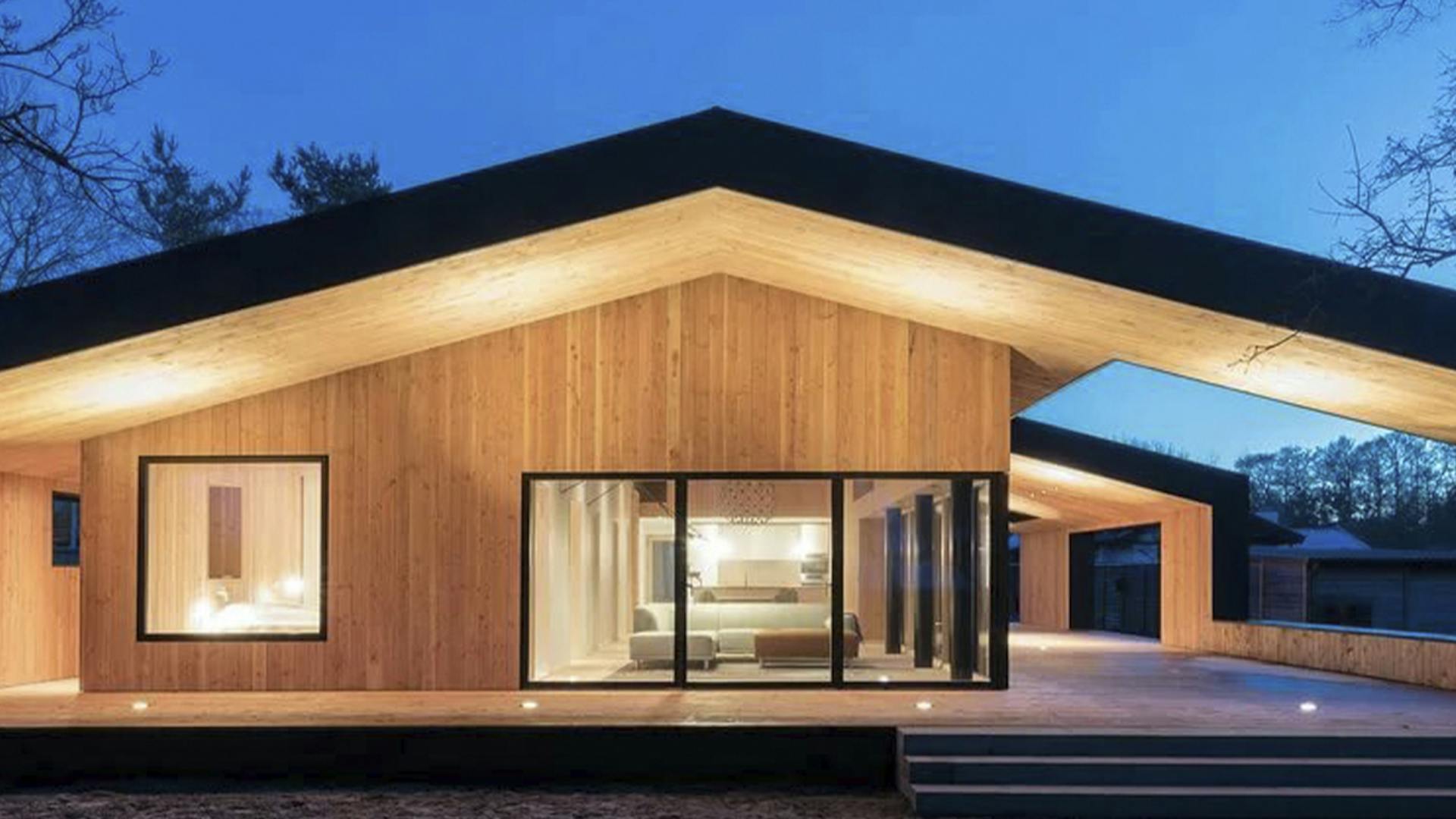"Breathing house" - what is it?

Let's understand.
First of all, of course, it is an advertising move, a kind of fashionable phrase that has absolutely nothing to do with the terminology of builders or technicians.
After attending many trainings, and manipulating customer associations, the "geniuses" of sales inspire that the walls in such houses really breathe, that such a house does not even need ventilation.
In a wonderful, charming way, the walls let the "bad" air through, and let back clean and fresh, maintaining harmony and comfort.
Ventilation, in general, is a poorly developed topic in our society. People think of it as something very bulky, loud and extremely expensive.
And here, miraculously - ventilation is not required.
But if we delve deeper into the issue and start to understand, we will see 2 camps of experts, each of which has its own point of view.
Camp number 1 - believes that the walls breathe so "imperceptibly" and "imperceptibly", and as soon as they voice this version, they immediately begin to doubt their words. The fact is that you get the best "breathable" walls in the forest hut.
If we speak the language of engineers, then through the enclosing structures is not allowed either exfiltration (outside) or infiltration (inside) of air. Since this can lead to negative consequences for the outer shell of the building, or simply release all the heat from the house.
How it happens. Indoors, the air is always warm and more humid than outside. On the street, in the cold, the air is less humid than in a heated room. When the internal air through the cracks and the structure of the wall moves outward, it is not cooled should reduce its humidity - to discharge water. In this case, condensate falls out, which remains in the wall. Unfortunately, with it there is a whole list of problems, from loss of heat-insulating abilities of a wall and to the beginning of rotting and defeat by a fungus. And now let's imagine that so walls "breathe" the whole year, 24/7 and we receive tens liters of water in your walls. You can not allow ventilation through the walls, if you do not have a barn for firewood;)

About gas exchange and moisture exchange.
They talk about the "partial pressure of gases", which provides a directed transfer of moisture, and about other sensible things that the layman has to listen with his eyes wide open. We will not even argue about these terms and physical properties that are certainly present in our lives.
Rather, it is about the fact that odors and vapors seep into the materials of the walls and structure, "transmitting" their "flavor", but not about air exchange.
Of course, for many, the smell of home is very close to the heart. It is sometimes said that our home is a continuation of us and our way of life.
But still we take a shower and wash clothes, so do not allow contamination of interior walls with odors. Indoor air, along with odors, must be removed from the room by ventilation, and preferably with recuperation.
The walls can "breathe" only in a hut or barn for hay, a truly comfortable house should be airtight and equipped with ventilation.